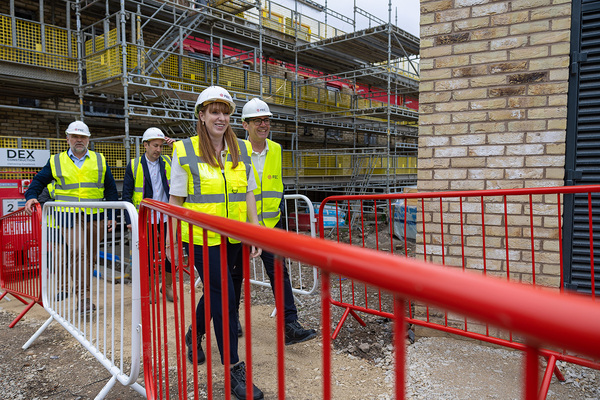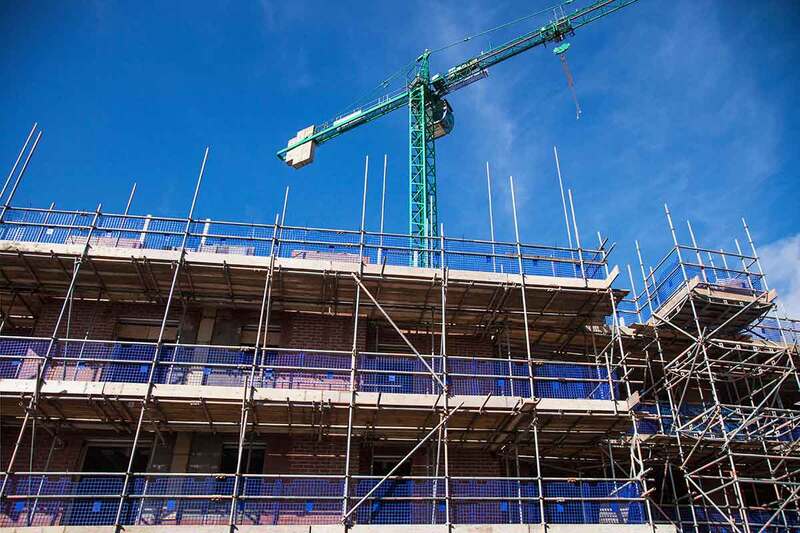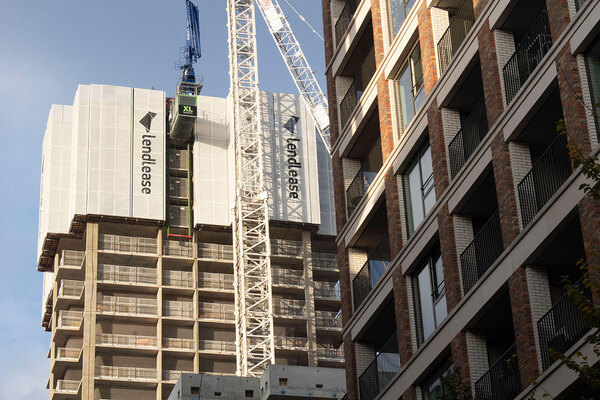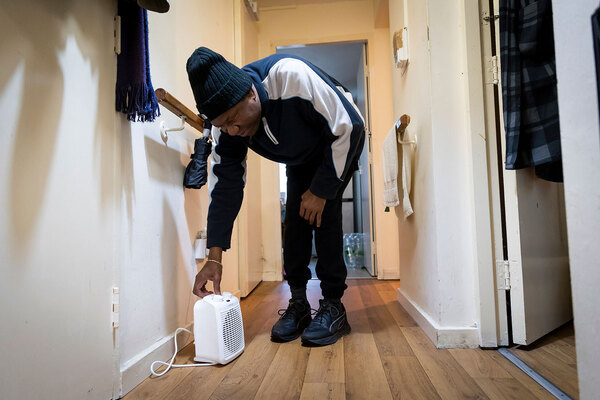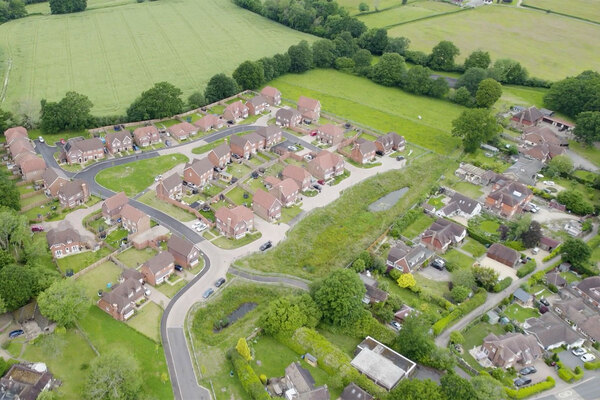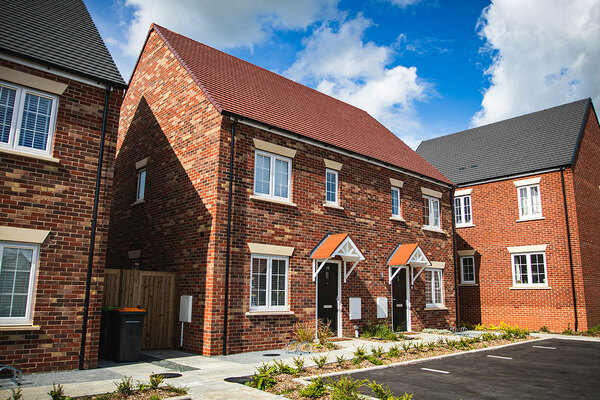You are viewing 1 of your 1 free articles
Could the grey belt’s ‘golden rules’ deliver less affordable housing?
The policy risks being counterproductive and could, in fact, result in less housing being delivered, writes Philip Allin, a director at planning consultancy Boyer
One of the main ways in which the government intends to resolve the housing crisis and deliver 1.5 million homes (many of them social and affordable housing) is through changes to the National Planning Policy Framework (NPPF) to provide greater scope for development within the green belt.
Key to this is the introduction of a new ‘grey belt’ designation (“land in the green belt comprising Previously Developed Land and any other parcels and/or areas of Green Belt land that make a limited contribution to the five Green Belt purposes”).
This is subject to ‘golden rules’ as follows: at least half of the new homes should be affordable housing; infrastructure – like roads, schools and healthcare provision – should be improved where necessary; and new residents should be able to easily walk to a good-quality green space, which could mean providing a new one, or upgrading an existing space.
Of particular interest to readers of Inside Housing will be the potential that new residential development would deliver 50% affordable housing. These golden rules are expected to apply to any development within the green belt, be it on previously developed land, grey belt or any other green belt land, either as part of a planning application or allocated land which was previously green belt.
In essence, these rules will be widely applicable. The rationale is to maximise the public gain that comes from development on land that would not have previously been considered acceptable.
Associated with this, the NPPF proposes to set out benchmark land values (BLV) for land released from, or developed in, the green belt. Considerable work has been undertaken around viability matters, with planning guidance being clear that values should include a premium that provides a reasonable incentive for a landowner to sell land for development.
“Land values in some areas will be unable to support 50% affordable housing, particularly with a strong emphasis on social rented provision, while incentivising landowners to release land for development”
Of course, there is no argument against the objective of securing the greatest public benefit in these circumstances. My concern, however, is that the policy risks being counterproductive and could result in less housing being delivered.
In terms of the public benefit, increasing the supply of affordable housing is undoubtably a good thing. However, the associated viability implications raise significant concerns.
Clearly, land values vary across the country, but while they are buoyant in the South East, there are other regions where this is not the case. As a consequence, land values in some areas will be unable to support 50% affordable housing, particularly with a strong emphasis on social rented provision, while incentivising landowners to release land for development.
It is this second point and the government’s proposed approach to BLV that raises concern. The viability of development is intricately tied to financial returns, which, in turn, dictate stakeholders’ willingness to either sell, invest in land promotion, or develop homes (both affordable housing and houses for the open market). The functions of land promotion, development and housebuilding entail distinct activities, each with its own risk and return dynamics.
A fixed BLV will not accurately reflect the diverse characteristics of individual sites or local markets and will potentially disincentive development in areas where the financial returns do not justify the associated financial risks. For instance, if the BLV is set too low for a site, it could lead to stalled developments that are unviable to deliver, exacerbating the housing shortage, rather than alleviating it.
The introduction of a fixed BLV has significant implications for affordable housing provision, which is ultimately the key aim of the golden rules. My experience of planning in London and the requirements of the Greater London Authority illustrate that rigid thresholds can hinder rather than facilitate housing delivery.
Setting a uniform 50% affordable housing percentage, without considering individual site viability, will disincentivise the market. To this end, developers may opt for alternative non-residential land uses that yield higher returns, further limiting housing delivery. The government’s assertion that a fixed BLV would somehow compel developers to provide an increased quantity of affordable housing is, therefore, unfounded.
“An alternative mechanism that ensures that development remains viable while ensuring an appropriate return to landowners is critical to ensure that this policy delivers on its aims”
A one-size-fits-all approach risks oversimplifying these complexities. The diverse nature of large-scale, strategic development means that a single affordable housing target together with an arbitrary BLV may overlook important nuances, such as whether a site already benefits from established amenities and services, or whether significant investment in infrastructure is necessary. Failure to account for these variations could have the practical effect of hampering new development. It is therefore clearly important that a situation whereby a landowner is not incentivised to sell land for development is avoided.
Undoubtedly, the development industry can and should deliver additional affordable housing, and it is right that the quid pro quo of enabling new development on appropriate sites within the green belt is the delivery of multiple benefits. On this basis, developments in the green belt should deliver higher levels of affordable housing.
However, an alternative mechanism that ensures that development remains viable while ensuring an appropriate return to landowners is critical to ensure that this policy delivers on its aims.
Philip Allin, director, Boyer (part of Leaders Romans Group)
Sign up for our development and finance newsletter
Already have an account? Click here to manage your newsletters


